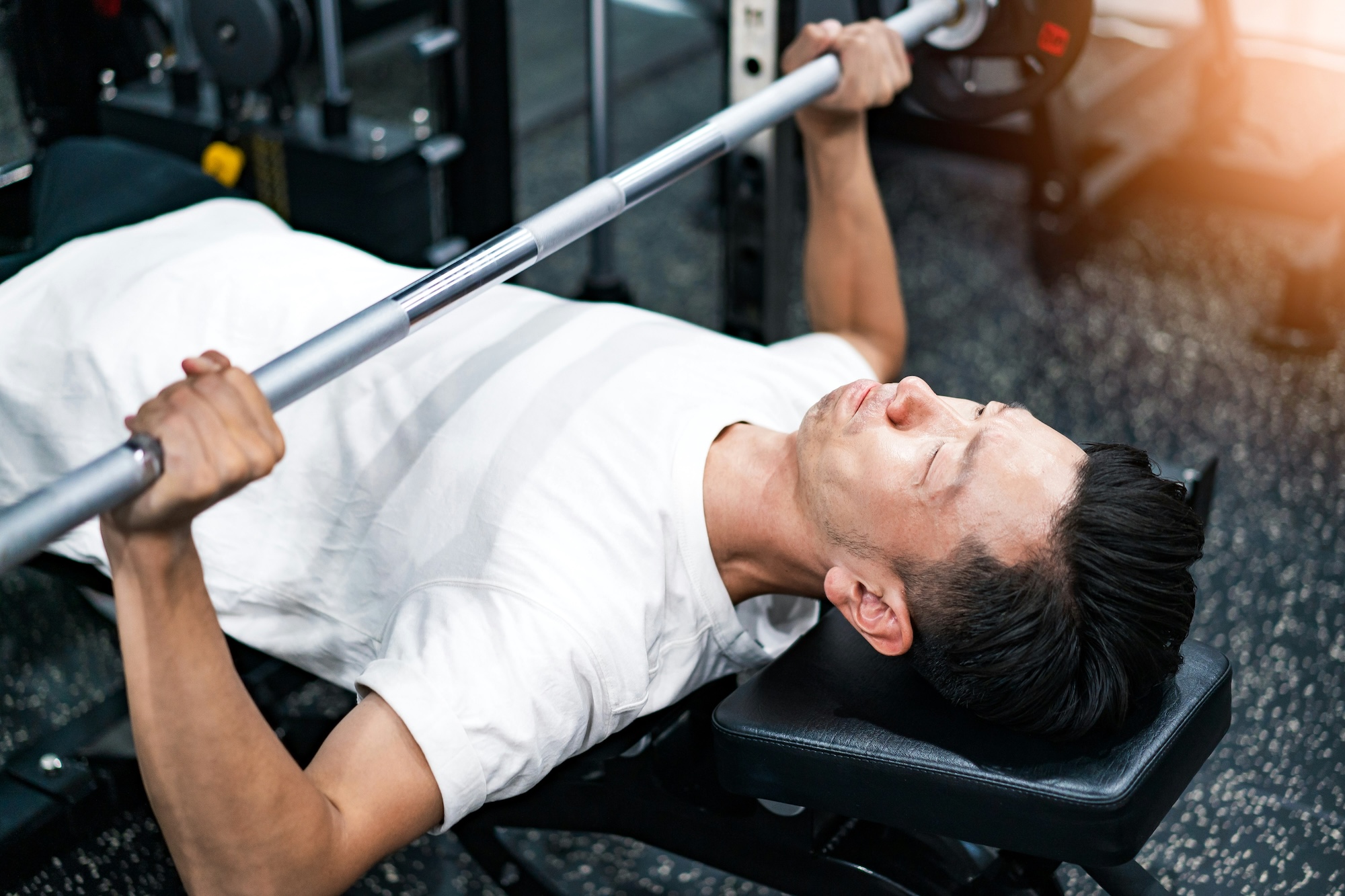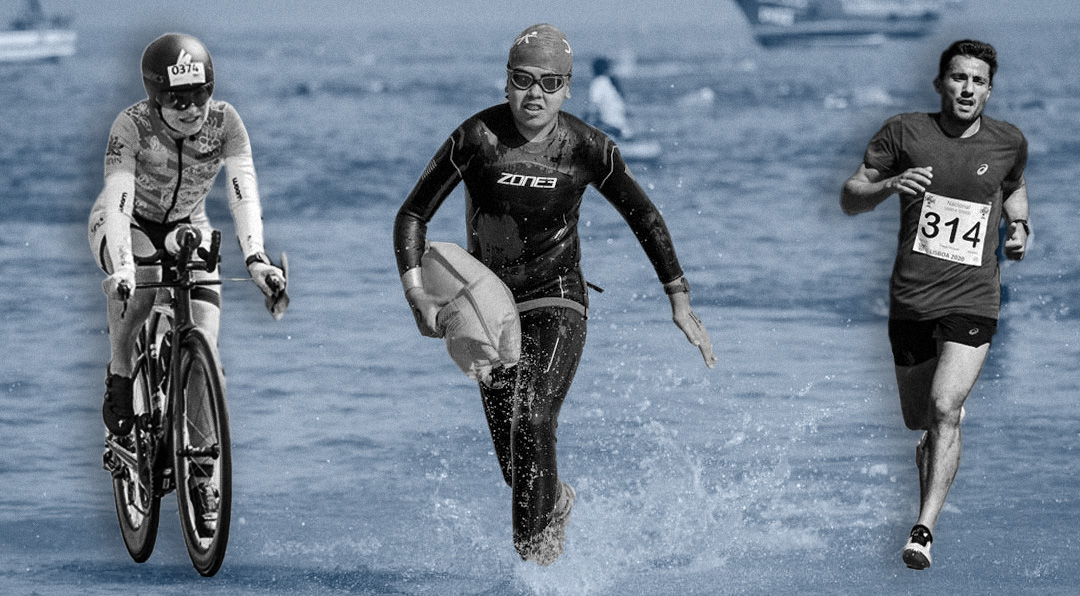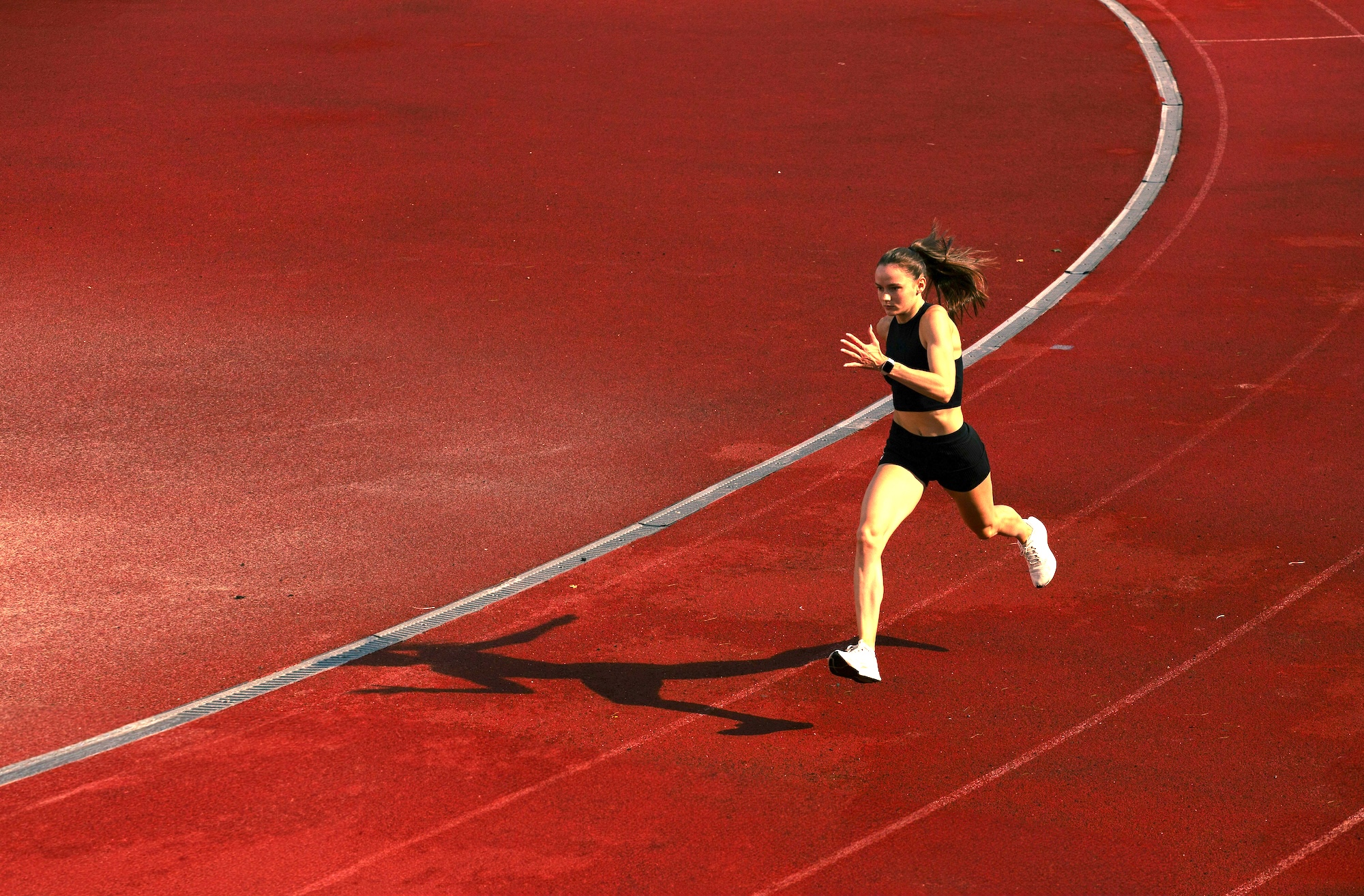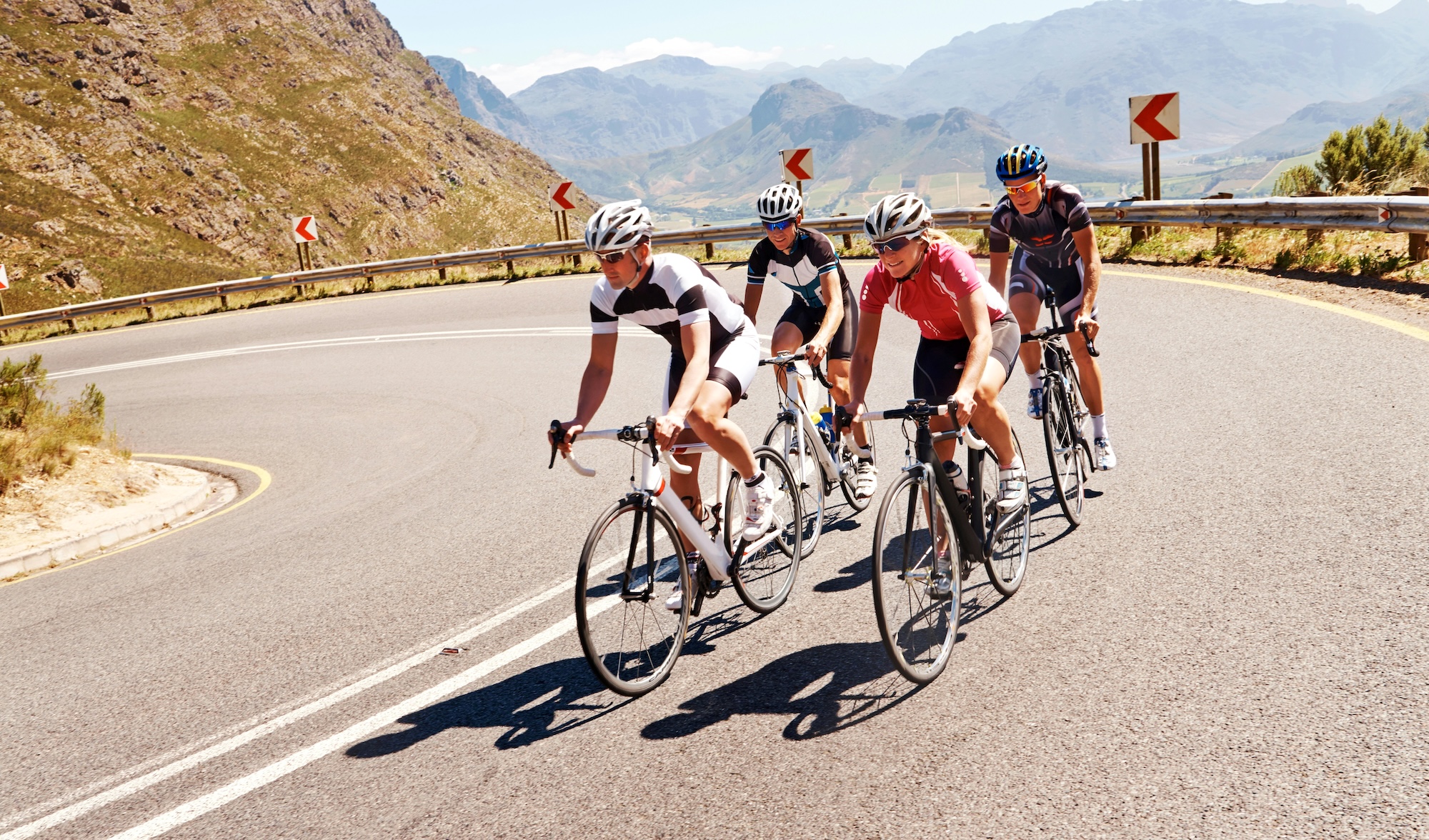Whether you ride a woman-specific bicycle or a one-size-fits-all model, comfort is key
Illustration by Alysse Asilo | Photo by Rokas Niparavicius/Unsplash
There are two opinions on whether there needs to be women-specific bicycles.
One camp states there is no need to brand women-specific products as most of these are simply “shrink and make it pink” versions of regular products. Some frame manufacturers like Cervelo insist that their frames fit men and women equally well and the belief that women are built differently and therefore require equipment designed to accommodate their proportions is a myth.
On the other hand, the size of women’s hands, how they sit on the saddle, and how their weight is distributed on the bike are factors that cannot be taken for granted. The turn of the century, in fact, introduced a lot of higher-end, women-specific products like Trek’s WSD (Women Specific Design) series, which remains relevant to this day.
Regardless, the most important thing is still the fit. Here are the critical items and measurements you should consider:
The frame
Women in general have shorter torsos than men, and the length of the top tube (not the seat tube) is the most critical measurement in fitting a frame. We can argue about standover height—that is, how high the bike is under you—but once you’re off and riding, it’s the length of the top tube that will determine your fit and comfort on the bike. Regardless of the stated size of the bike, be it extra small, a 48, or a “woman-specific size,” make sure that the top tube is one that matches your torso.
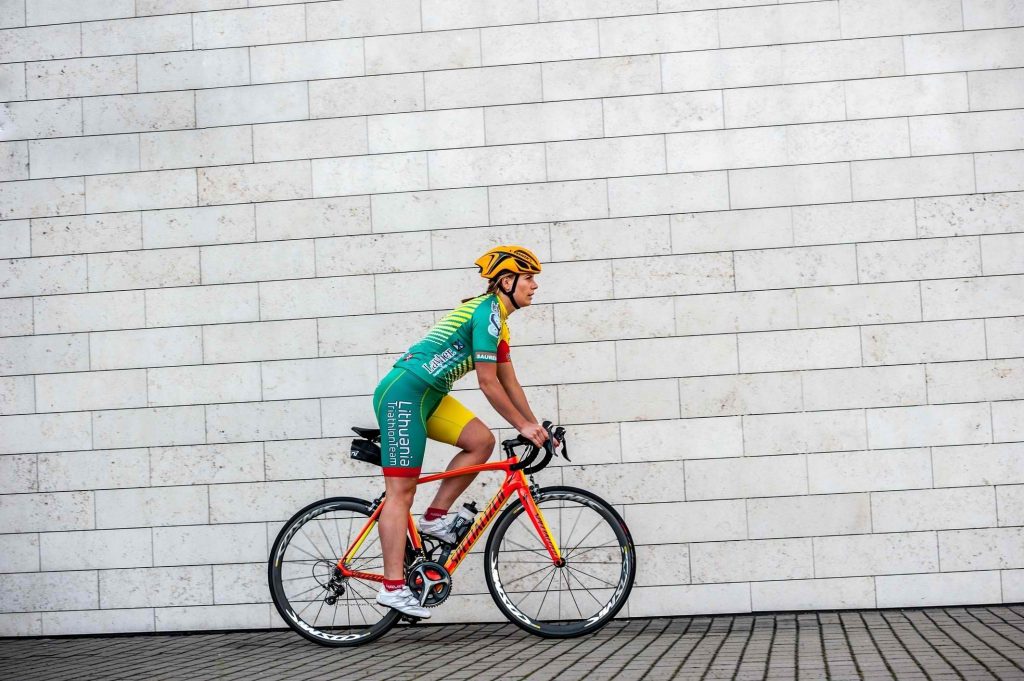
The saddle
Women generally want to sit farther back on the saddle and put more weight on their sit bones. More than the difference between men and women, each person has a different anatomical profile so it’s best to experiment. It’s easy to recommend women-specific saddles, which are generally wider and softer, but some may actually find a slim, less-padded, but highly flexible racing saddle that works for them. Soft and cushy can actually be uncomfortable when you sit for an extended period. Everybody’s sit bones are different, so try different saddles.
Handlebar width
Too often I find people, women especially, fitted with a bar that is too wide and sometimes too deep for them, even if they are women-specific. Ideally, your handlebar width should match the width between both of your acromion, identified by the bump you feel at the end of your clavicle. I err on the narrower side as your arms and elbows actually rotate into a narrower position once you’re hunched over on the bike. Most women I’ve fitted usually require bars with a width of 34cm to 38cm. A narrower bar may mean you need a longer stem as the new position will stretch you out a bit, allowing you to breathe better. And no, wider bars don’t necessarily make you breathe better.
Most women I’ve fitted usually require bars with a width of 34cm to 38cm. A narrower bar may mean you need a longer stem as the new position will stretch you out a bit, allowing you to breathe better
Handlebar depth
For women in general, a shallow bar will allow them to reach and use the drops more. I often see riders install a regular or deep drop handlebar but never get to use the drops to get into a more aero position. This means they deny themselves of the most aerodynamic and, if fitted right, one of the most comfortable positions for cruising. Being in the drops is also a superior position for braking and descending, as it lowers your center of gravity. Be sure you are not missing out on this by getting a handlebar that is shallow enough to allow you to use different positions.
Crank arm length
Most women have shorter legs and are put on a smaller frame, so it is important to match their proportions. For most women, I would recommend 165mm cranks and nothing more than 170mm. While there is a case for longer cranks giving more leverage, shorter femurs need something to match them. Installing long cranks on a small frame means the legs go up higher on the top of the stroke, which limits how low the torso can bend forward to achieve a comfortable aerodynamic position.












